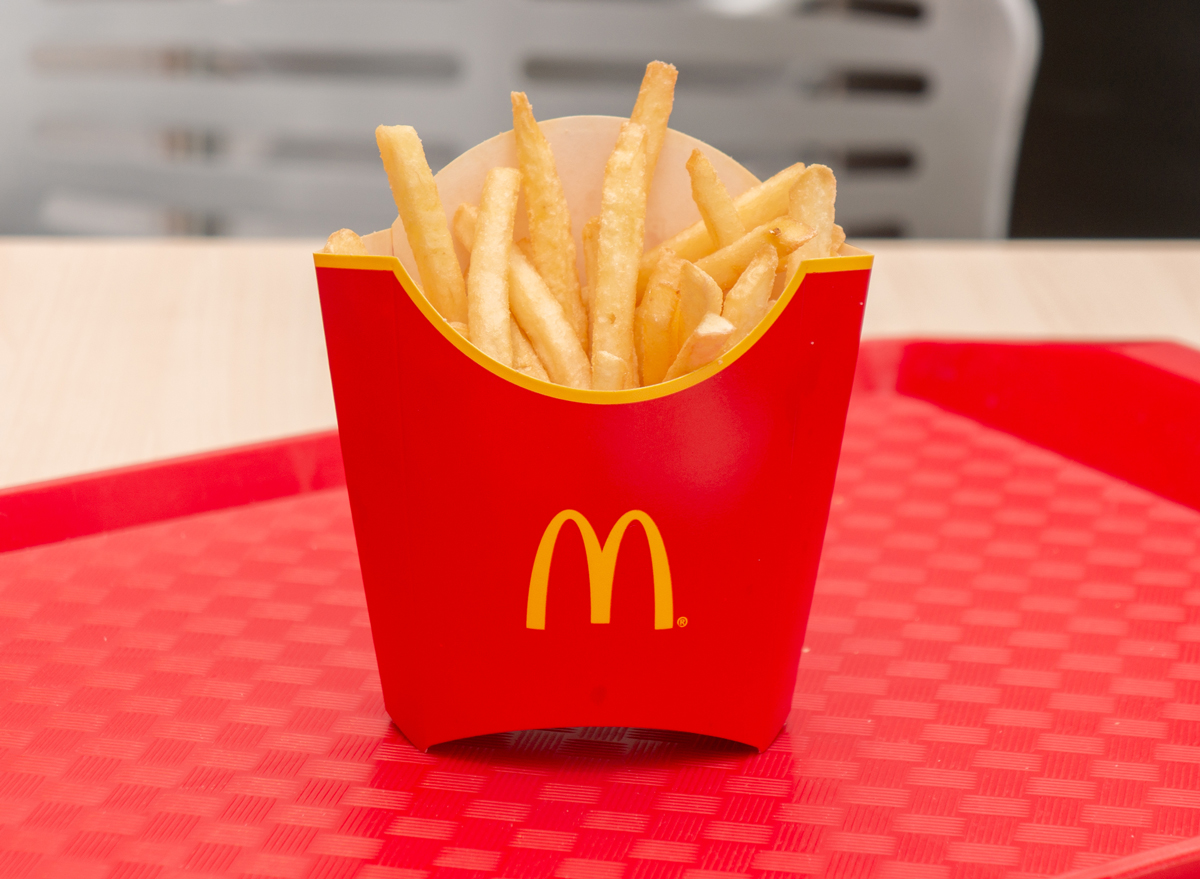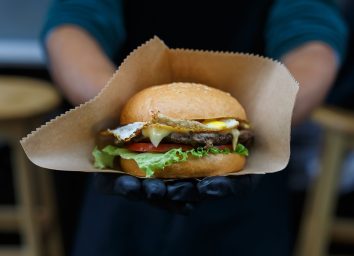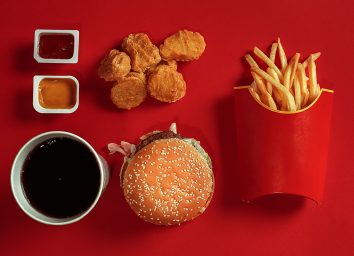These Major Fast-Food Chains Have a Big, Soggy Problem

The pandemic has thrust us into a new era of digital ordering, where most of our restaurant experiences consist of pickups and deliveries. Even major fast-food chains have been forced to reimagine these contactless options—they’ve added curbside pickup, built bigger and better drive-thrus, and are utilizing bellhops to keep the lines moving faster. However, delivery is still one area that threatens a crucial aspect of fast-food quality: its crispiness.
The number of deliveries at U.S. restaurants increased by more than 150% between January 2020 and January 2021, according to data from The NPD Group/CREST. This has created a trouble spot for fast-food chains where crispiness is both a mark of quality and a selling point. What’s a crispy chicken sandwich if it ends up soggy by the time you eat it? What’s a French fry without that craveable crunch? (RELATED: 9 Best Limited-Time Fast Foods on Menus Right Now)
Many major chains are now scrambling to find solutions to the problem of soggy-on-delivery foods, according to Reuters. White Castle is testing out new fries that stay crispier longer, and McDonald’s is allegedly trying out new formulas to preserve the crunchiness of its new chicken sandwich patties (the company has refuted this).
In fact, fast-food crispiness starts with the raw products that chains get from their suppliers. For example, fries can be optimized to retain their texture longer during the production process. The best ones are made with drier, higher-quality potatoes and feature fancy treatments like added sealants to prevent oil from penetrating them too much. The demand for these more expensive, sogginess-protected fries has skyrocketed in recent months, potato processor Lamb Weston Holdings, which sells fries to McDonald’s and Yum Brands (the parent company of KFC and Taco Bell), told Reuters.
And when it comes to chicken patties, the right combo of ingredients in the breading is everything. Major restaurant suppliers also told Reuters that chains are increasingly using flours made from plants like chickpeas and fava beans to up the crunch factor.
But production and the cooking process are only the beginning. Besides trying to keep delivery times to a minimum, packaging is another factor that McDonald’s is trying to control in order to retain food integrity during delivery, the chain confirmed to Eat This, Not That!
For that reason, the new Crispy Chicken Sandwich and its spicy counterpart have been upgraded from a classic carton box to a foil pouch, which “best preserves the quality of these sandwiches while maintaining a warm, fresh bun and fillet.” However, the Deluxe version, which is the only sandwich among the three to contain lettuce, mayo, and tomato, remains fresher in the classic package.
McDonald’s is also making strides to upgrade its classic hamburger buns. The new buns should be able to retain heat and remain soft for longer periods of time. For more on the latest fast-food trends, check out the 6 Most Anticipated Fast-Food Menu Items Launching This Year. And don’t forget to sign up for our newsletter to get the latest restaurant news delivered straight to your inbox.








